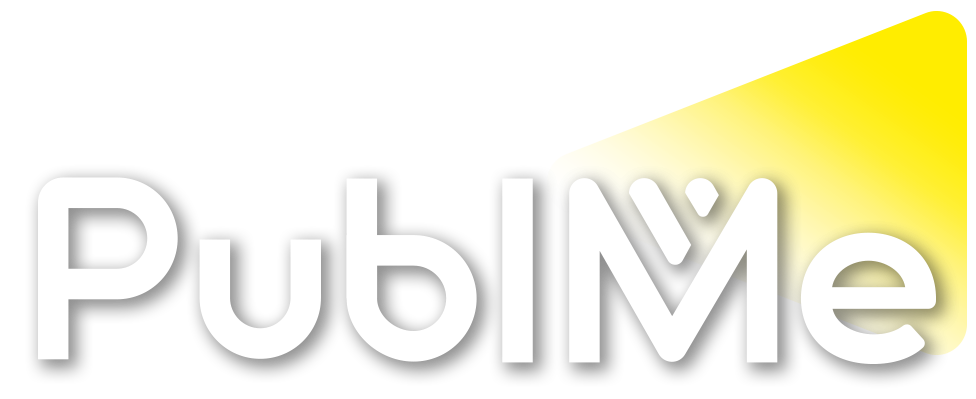Posted Reaction in PublMe Community Space: Education
How To Practice Jazz Improvisation in 7 StepsI want to show you one of my favorite exercise to practice improvisation. It’s a 7-step progressive exercise that you can practice every day, no matter what your level is. You can use it as a warm-up, to clean up concepts, do ear training, and memorize songs at the same time .
Watch the entire lesson on how to practice jazz improvisation in 7 steps
Although it’s a 7-step process, you don’t need to do all seven steps every single time. Depending on your level, you can do the first three steps, or just the first one; whatever you want. But I recommend that you always start from step one and progress through the rest every time you do it.
Before you begin practicing, choose a Jazz Standard. I’m going to use “My Foolish Heart“. It’s a ballad with at most two chords per measure (which makes it ideal for this exercise)
Seven steps to practice jazz improvisation
Play the seventh chords broken in eighth notes, in root position. If you’re a piano player, you can play the root on your left hand if you feel like it. Ignoring the tensions in the score. I’m just playing the seventh chords, and break the chords going up
Next, we’re going to use inversions.This time, think of the first note in every chord, as a target note, and create a line out of them. Don’t worry too much about voice leading — it doesn’t have to be perfect from chord to chord. Just see if you can hear the first note — you’ll play — in your head, before you play it.
Alternate the arpeggios up and then down
Start with the arpeggios going down. So, first down and then up
Broken 7th chords with no rules. Play angular lines.All right, this next step might be a bit easier, but it will challenge your ability to take decisions while you improvise. We’re removing the rule of playing the complete seventh chord and also, of going up or down. You can break the chord as you wish.We’re still only drawing notes from the seventh chords. Do not worry about playing all of the notes. Try hearing that first note on each chord as a target note. By the way, if you have Mapping Tonal Harmony Pro, you can use the target notes feature, as a framework, for this step.
Add a chromatic approach from below.We’re still going to be thinking about that first note as a target note, but this time, we’re going to play a chromatic approach, from below, on the downbeat of the chord. So on a Bbmaj7, I’m going to think of the D as my target note (for example). Then I’ll play a C# on the downbeat of measure one, and then play the D, like this… This is a great step to start using notes — that are very dissonant — on top of the chords, and how the tension is released when you play the next note.
Anticipate with an enclosure, diatonic from above + chromatic from belowSo, this is the last step. It’s a bit harder, but if you can get through it, it will change the way you improvise. So, what we’re going to do is: we’re going to play an enclosure — diatonic from above, and chromatic from below — to our target. This is also known as “trapping the note”, but now, we’re going to play the enclosure before the downbeat, and target the note on the downbeat. And when we say diatonic, we mean diatonic to the key that you’re in. So, on a Dm7, we’re approaching the F with a G from above — because G is diatonic to the key of Bb. The challenge here, is that we have to start thinking about — and playing — the next chord, while we’re playing the current chord. Not easy!
Free Play
All right. So, did you do all the steps? Awesome! Did you stop at step one? Well, that’s fine too!But don’t end the exercise here!No matter which step you stopped on, I want you to integrate some Free Play into your playing. Improvise over the entire song again, only this time, loosely using the concepts that you just practiced. And when I say loosely, I mean it! Let your ears guide you. Don’t consciously follow any rules. Think as little as you can. Let it go! I promise you’ll see all these things — that you just practiced — begin to emerge in your playing, without you even having to think about them.
How To Practice Jazz Improvisation in 7 Steps
mdecksmusic.comI want to show you one of my favorite exercise to practice improvisation. It’s a 7-step progressive exercise that you can practice every day, no matter what your level is. You can use it as a…
PublMe bot
bot
Education
Music, tech, and multimedia-related educational articles, info and news which are good to know.


